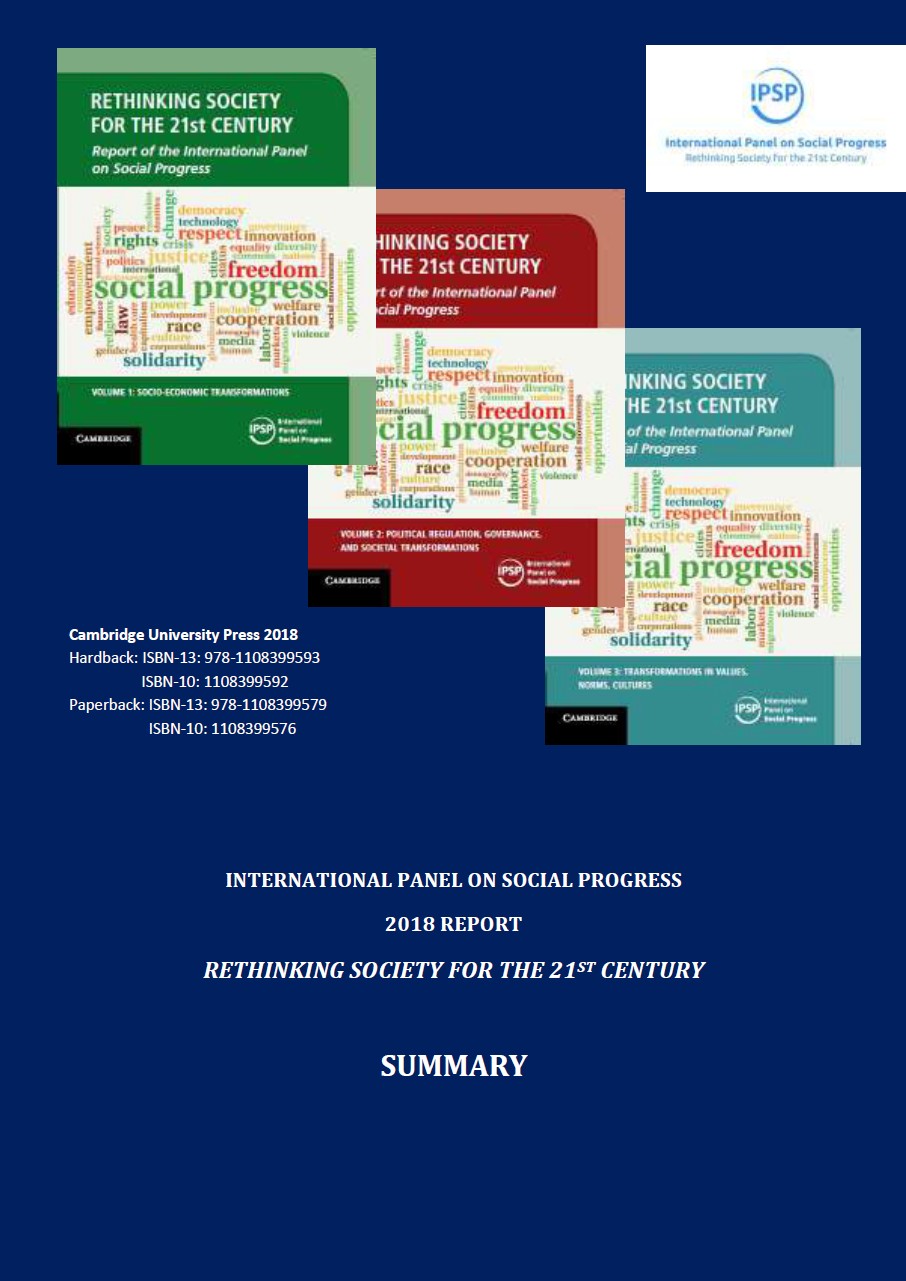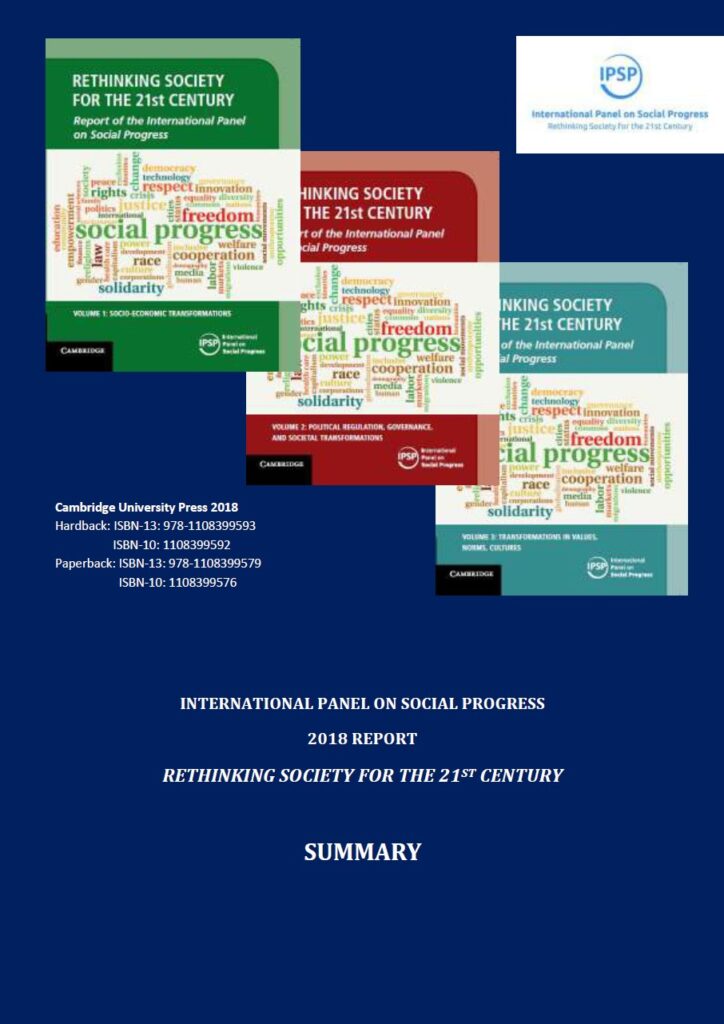Volume 1 : Socio-Economic Transformations
Inequality and its effects on societies have received increasing prominence in debates among economists and social scientists and in policy circles over the past thirty years. There are many, often interacting inequalities and different forms of inequality. Wide income and wealth inequality has harmful consequences for the economic welfare of societies, social cohesion, and other factors that intrinsically and instrumentally diminish social progress. While between-country income inequality has been falling recently, within-country inequality has been rising to varying degrees in most industrialized and many developing countries, though the experience of declining inequality in Latin America is a notable exception. Globalization and technological change have contributed to widening inequality in many contexts, but country-specific explanations and policies have often played a more important role. They include the role of economic conditions, levels and trends in the distribution of physical assets and human resources, the functioning and regulation of labor markets, regional and sectoral disparities, and macroeconomic, tax, transfer, and social policies that affect inequality directly or indirectly. Many of the trends in inequality are related to deep-rooted and self-reinforcing factors such as strong social stratification, well-established norms, political inequality, governance, demographic factors, and the role of social movements. National policies and, to a lesser extent, international supporting actions can have a powerful impact on inequality.







